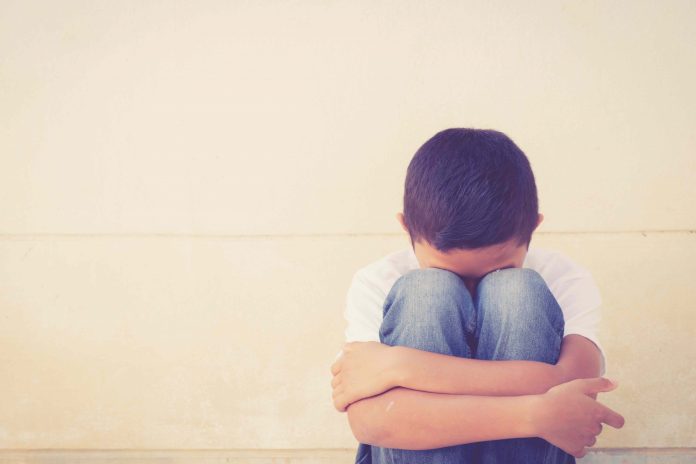Child abuse and neglect cause lasting harm to children and families but Australian government policies that are said to rely primarily on the removal of children as a solution are failing to address underlying factors, according to a statement released by Flinders University.
The statement points to a study of international policies and guidelines, published in Wiley, which outline the adversities families experience when encountering services that implicitly blame and label families impacted by abuse while ignoring factors such as poverty, domestic violence, social isolation and intergenerational trauma.
The authors of the study found policies should instead acknowledge child abuse as arising from the complex interplay of health, social and economic factors to achieve improved safety and wellbeing outcomes.
Although circumstances are no excuse for child abuse and neglect, addressing the broader factors contributing to abuse would help to prevent incidents, as well as reduce the need for child removals and criminal proceedings.
Lead author Dr Lauren Lines in Flinders University’s Caring Futures Institute says the review found policies directly frame the way communities and health care professionals understand and respond to abuse and blaming and shaming families is causing counter-productive outcomes.
“We need effective early intervention and prevention for the whole population to enhance the capacity of families and communities to provide safe environments where children thrive,” says Dr Lines.
“At present, families who experience adversities that impact upon parenting encounter social stigma and blame. When families perceive stigma and blame, they are unlikely to reach out for support.
“One approach that minimises stigmatising language is ‘safeguarding’ used in the UK and Ireland.
“This safeguarding approach may also be transferable to the Australian context as a shared language for professionals and organisations providing services to children and families,” she says.
The review also determined many policies use labelling and stigmatising language that could further marginalise disadvantaged communities, including First Nations people in Australia.
“Given the increasing prevalence of child abuse and neglect in all countries, including Australia, a safeguarding approach is one possible way to reframe current understandings of child abuse and neglect as stemming from individual choices or deficiencies, to one that recognises the complex interplay of health, social, economic and structural factors,” says Dr Lines.
“However, further consideration is needed about how safeguarding could be enacted in culturally safe ways for First Nations and other marginalised communities and what tangible impact safeguarding may have for Australian children.”









